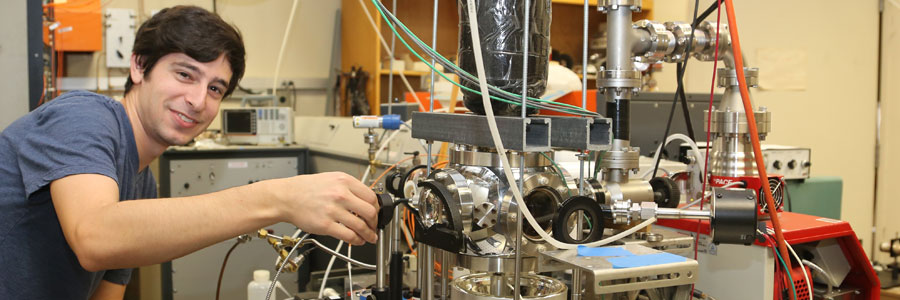Welcome
By combining sophisticated laboratory experiments with advanced theoretical techniques, we study fundamental plasma physics issues relevant to astrophysics, solar physics, planetary rings, magnetospheres, space propulsion, and controlled thermonuclear fusion. A central unifying theme is that plasma concepts are extremely scalable so our research provides new insights for all the above areas.
What are plasmas? Why are plasmas interesting? (Information for newcomers & media)
News
Magnus Haw received his PhD degree in June 2018 and has become a Research Associate at the NASA Ames Research Center where he will be working on plasma issues associated with spacecraft re-entry.
The paper by Magnus Haw et al. titled Reverse Current Model for Coronal Mass Ejection Cavity Formation. in Astrophysical Journal Letters shows that the cavities in solar coronal mass ejections result from a void formed when an external image reverse electric current induced by a rising core electric current is repelled by the core current.
The paper by Paul Bellan titled Model for how an accretion disk drives astrophysical jets and sheds angular momentum. in Plasma Physics and Controlled Fusion shows how gravitational energy released by accreting matter acts as a power supply that drives astrophysical jets while at the same time shedding angular momentum.









